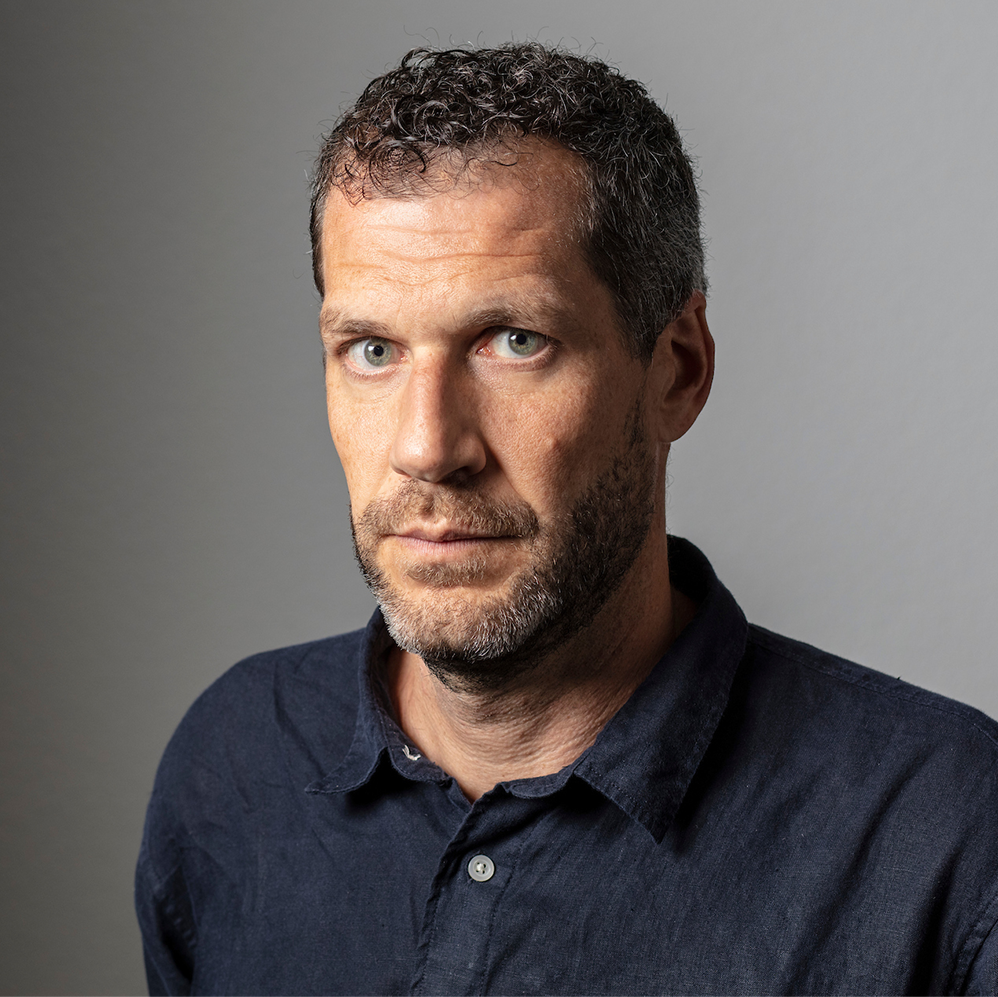Six things you should know about the watchmaking industry

The Baselworld watch show, the most important event on the global watch fair calendar, opens in Basel on Thursday. It comes as the Swiss watchmaking industry emerges from its longest slump since the 1980s.
Here are a few key points about watchmaking:
Switzerland produces around 30 million watches a year, or 2.5% of the world’s timepieces. But it accounts for over half of the high-end watch sector. Over 95% of watches that cost over CHF1,000 ($1,000) are manufactured in Switzerland.
Swiss-made luxury watches are popular with buyers – and counterfeiters. According to the Federation of the Swiss Watch Industry, over 35 million counterfeit watches are produced ever year around the world, more than the number of real Swiss watches. Counterfeit watches generate an annual turnover of CHF1 billion – the equivalent of 5% of total watch sales.
“If you don’t have a Rolex by the time you reach 50, then you have clearly failed in your life,” the French advertising executive Jacques Séguéla once said.
Rolex fans include Roger Federer, Brad Pitt and Nicolas Sarkozy. It is also the Swiss watch brand that sells the most around the world. In 2015, Rolex watches earned CHF5 billion, well ahead of Omega and Cartier (CHF2 billion each), according to Vontobel Bank analyst René Weber.
While Rolex is a well-known global brand, little is known about its business strategy. The brand is owned by the Hans Wilsdorf Foundation. The trust was created by Hans Wilsdorf to perpetuate the company, but neither the Rolex company nor the foundation’s accounts are public. Geneva-based Rolex does not trade on the stock market. The brand can therefore control its own communication outside the rules and transparency demanded by shareholders.
Next to Rolex, three big watch groups dominate the Swiss industry.
– Swatch Group is the global leader in the watch sector. Its shares are traded on the Swiss stock exchange, but around 40% are in the hands of the founding Hayek family and relatives.
– Richemont was created by the South African businessman Johann Rupert and its shares are traded on the Swiss and South African stock exchanges.
– LVMH is the world’s first luxury goods group, led by French businessman Bernard Arnault. The company is based in Paris, and its shares are traded on the Paris stock market.
The Swiss watch industry is responsible for around 1.5% of Gross Domestic Product (GDP). It is Switzerland’s third biggest export sector behind the pharmaceutical-chemical, and machine tool sectors. Watch firms are mainly based in cantons Neuchâtel, Bern, Geneva, Solothurn, Jura and Vaud. Together, they generate over 90% of the added value for the sector.
In these regions the watch industry employs 57,000 people in 500 companies. If you combine jobs that are indirectly connected to the industry, the total rises to almost 100,000.
The salaries of watch employees are a lot less attractive than the luxury timepieces they are manufacturing. In 2016, the median salary in the watch sector was CHF5,000 a month, or CHF1,000 less a month than the median for all Swiss workers.
The watch sector’s production peaked at the end of the 1960s when it was employing 90,000 people in 1,500 firms. At the beginning of the 1970s, cheap quartz watches produced in Asia completely transformed the market and led to a major crisis in the watch industry. In the mid-1980s, the sector employed 30,000 people in only 500-600 companies.
Swiss watchmaking was revived by cheaper, mass-market models such as the Swatch. In the 2000s demand for luxury models exploded, especially in emerging countries. In 2014, the watchmaking industry exported watches and components worth CHF22 billion – almost double the figure recorded 15 years earlier – and employed 60,000 people. But over the past two years, it has gone through a new decline, mainly due to difficulties in Asia.
From the sixties onwards, Swiss watchmakers have depended heavily on foreign labour. At the time, numerous unskilled Italian women worked on factory production lines but were badly paid.
In recent years, French cross-border workers have filled many posts in Switzerland, in line with the growth of watchmaking in the Jura region, where they represent one out of three jobs. In the mid-16th century, watchmaking was introduced into Switzerland by French Huguenot refugees.
Since the beginning of the 2000s, the value of watch exports to China has increased by a factor of 100. Hong Kong and China are the first and third most important destinations for Swiss watch imports. When watch sales to tourists are combined, it is estimated that half of all watches sold worldwide end up on the wrist of a Chinese customer.
However, the Chinese market has cooled. In 2015-2016, exports to China and Hong Kong declined significantly. This was partly due to slower economic growth and an anti-corruption campaign by the Chinese government of Xi Jinping.
You can contact the authors of this article on Twitter: @samueljabergExternal link & @duc_qnExternal link

In compliance with the JTI standards
More: SWI swissinfo.ch certified by the Journalism Trust Initiative


You can find an overview of ongoing debates with our journalists here. Please join us!
If you want to start a conversation about a topic raised in this article or want to report factual errors, email us at english@swissinfo.ch.